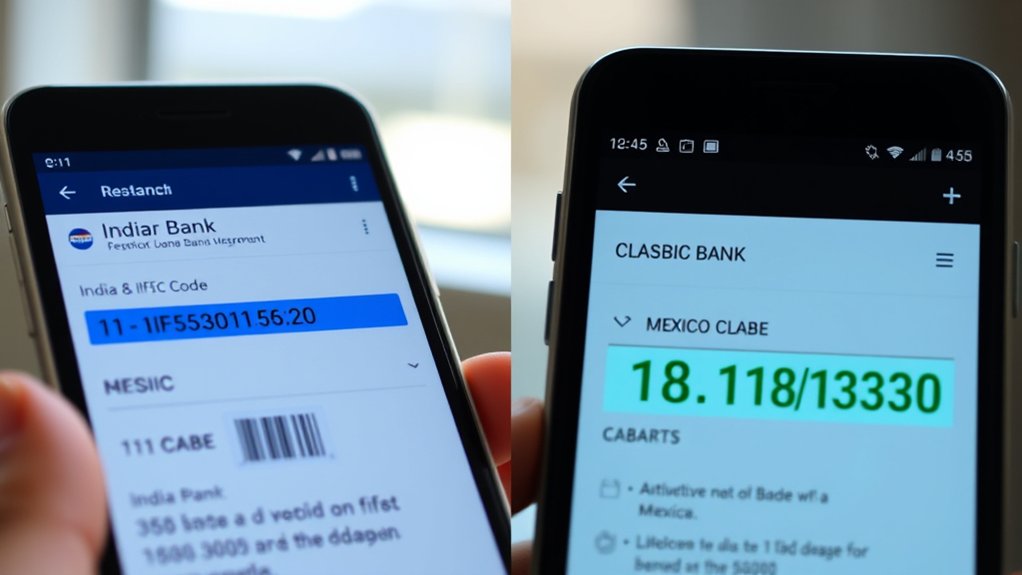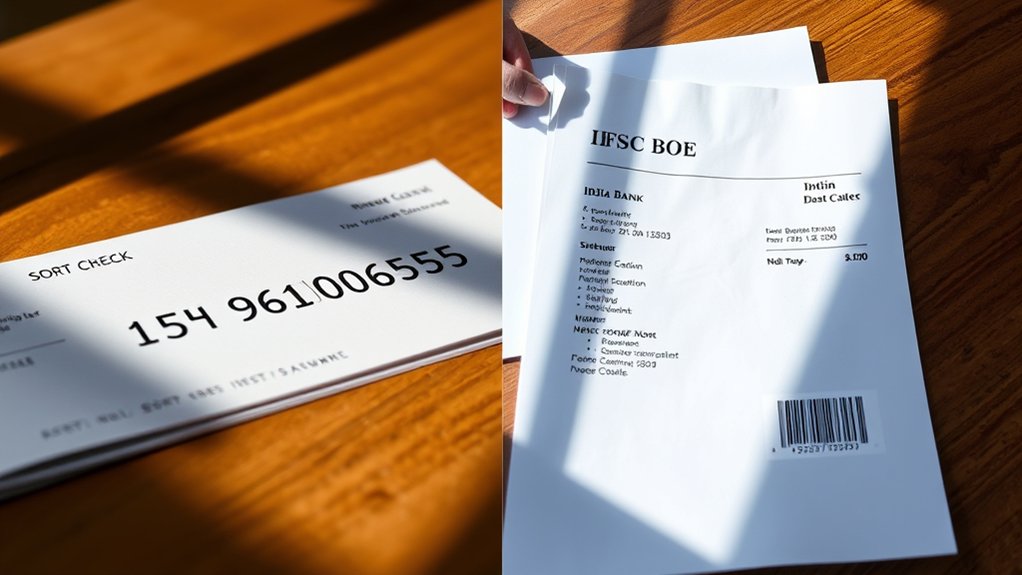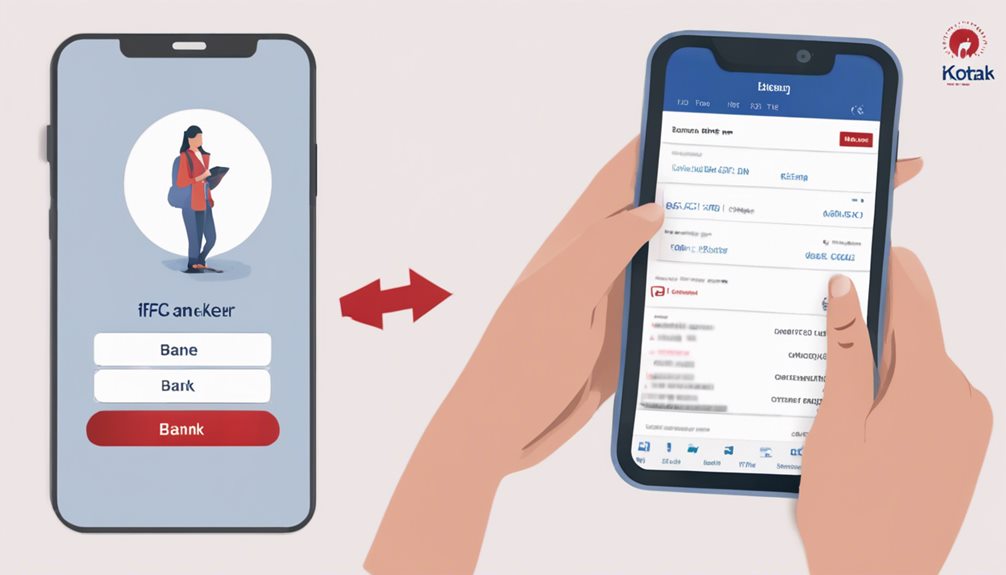
When it comes to banking codes, CIF and IFSC are not the same. CIF is for managing customer data, while IFSC is important for electronic fund transfers. Understanding these differences is essential for secure financial transactions. Learning more about CIF and IFSC can help you navigate banking operations smoothly.
Understanding CIF and IFSC Codes
Understanding the CIF and IFSC codes is essential for managing your banking transactions efficiently. When it comes to banking security, the CIF (Customer Information File) code is like your unique identifier, storing important details about your account. It helps in verifying your identity and ensuring the protection of your financial information. On the other hand, the IFSC (Indian Financial System Code) is essential for transferring funds electronically. This code ensures that your money reaches the correct recipient during transactions. Knowing these codes is fundamental for maneuvering the world of financial transaction basics. By understanding their significance and how they function, you can safeguard your funds and carry out transactions smoothly. Mastering these codes will empower you to make informed decisions regarding your banking activities.
Key Differences Between CIF and IFSC
When distinguishing between CIF and IFSC codes, one important factor to take into account is their primary purpose in banking transactions. The CIF vs IFSC comparison reveals that CIF (Customer Information File) is an identification number used by banks to manage customer data and accounts. On the other hand, IFSC (Indian Financial System Code) is a unique code essential for processing electronic fund transfers within India. While CIF is specific to each customer and contains detailed banking information, IFSC is branch-specific and aids in routing transactions accurately. CIF and IFSC uses vary greatly; CIF assists in maintaining customer profiles and account details, whereas IFSC ensures secure and efficient transfer of funds between different bank branches. Understanding these distinctions is important for successfully navigating the banking system.
Importance of CIF Code in Banking
The CIF code plays an important role in banking by serving as a unique identifier for each customer's information and account details. It is a essential tool for customer identification and enhancing account security within the banking system. Your CIF code is linked to your personal information and account specifics, allowing banks to accurately identify and manage your financial data. This unique code helps prevent unauthorized access to your account, ensuring that only authorized individuals can make changes or transactions. By using the CIF code for customer identification, banks can offer personalized services and better protect your account from potential fraudulent activities. Hence, understanding the significance of your CIF code is essential for maintaining the security and integrity of your banking transactions.
Significance of IFSC Code for Transactions
Regularly used in financial transactions, the IFSC code is an essential component for routing funds accurately between bank branches. When you conduct transactions online, the IFSC code plays an important role in routing funds accurately between bank branches by verifying that the funds reach the correct recipient. This alphanumeric code plays a significant role in maintaining the integrity of online banking efficiency. Without the correct IFSC code, transactions could be delayed or even misdirected, leading to potential financial losses and inconvenience. By inputting the accurate IFSC code, you can execute transactions swiftly and securely. Understanding the significance of the IFSC code in your transactions is essential for ensuring smooth financial operations and safeguarding your funds. Make sure to double-check the IFSC code before initiating any online transactions for a seamless banking experience.
How to Locate Your CIF and IFSC
To locate your CIF and IFSC, refer to your bank statement or visit your bank's official website for online banking details. Your CIF (Customer Information File) is a unique number that helps identify your account details, while the IFSC (Indian Financial System Code) is essential for online transactions. On your bank statement, the CIF is usually located at the top, along with your account information. If you prefer online methods, log in to your bank's official website using your credentials to access your account details, including the CIF and IFSC. These banking details are vital for seamless transactions and ensuring the security of your account. Take the time to familiarize yourself with these codes for hassle-free banking experiences.

















